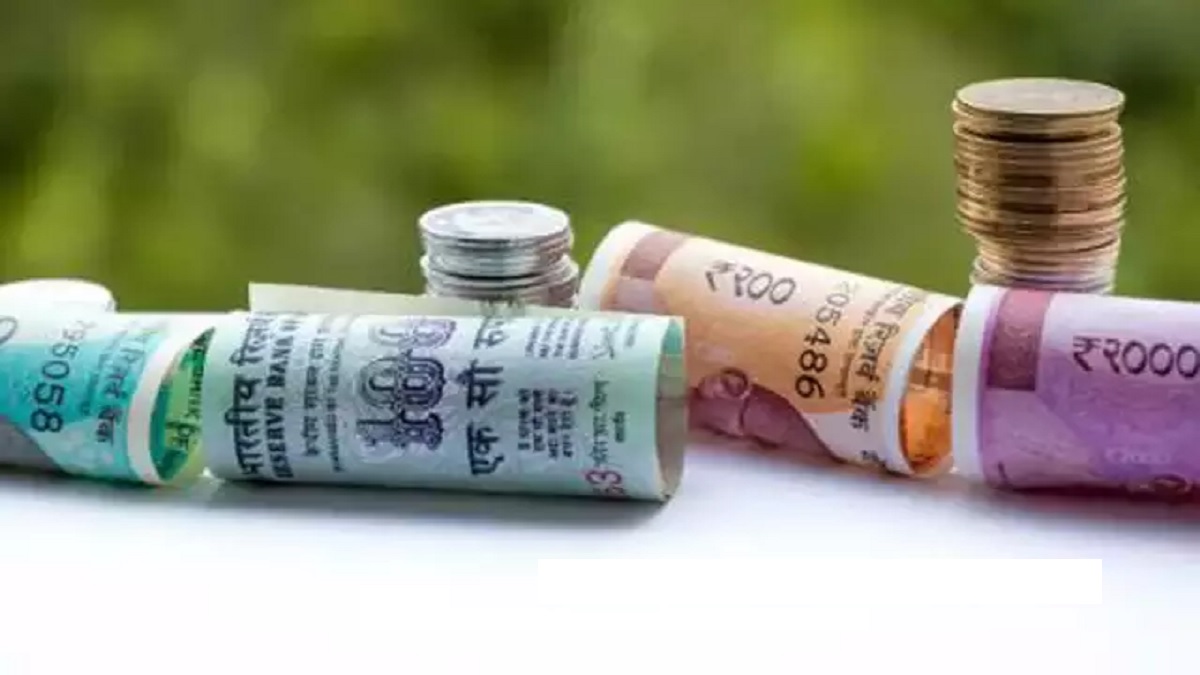


As the rupee breached the psychological barrier of INR 80 vs USD, there are increased calls for internationalization of the INR. The Indian Rupee depreciated by around 7.5% from 74.4 to 80.0 from January to July 2022. During the same time, Indian forex reserves depleted by 9.1% (i.e., USD 569.9 billion at the beginning of 2022 to USD 518.1 billion in the first week of July) on the account of capital outflows. To strengthen the INR and halt depreciation, the Reserve Bank of India (RBI) sold around $30 billion in the open markets from October 2021 to May 2022, but with little success. Rising import prices contributed to current account deficit which increased to over 33.5 billion USD. At the same time, increased inflationary risks and subsequent rise in interest rates in the developing world contributed to a net outflow of foreign exchange, putting more pressure on the weak rupee.
In this backdrop, the Reserve Bank of India issued a notification on 11 July 2022 about trade settlements in Rupee; i.e allowing all cross-border transactions in Indian rupees. Internationalisation of currency would enable the Indian rupee to be transacted easily by both resident and non-residents, while at the same time be used as a reserve currency in global trade. Some of the positives of internationalization is that it lowers the transaction costs of trade and investments by reducing the currency fluctuation risks. However, on the flip side, if not supported by strong domestic financial markets, it will hinder independent monetary policy which is essential for developing countries in controlling inflation and credit growth.
To understand whether the RBI’s action will be successful, we must first examine global commerce as well as India’s trade with the rest of the world. It is significant that around 60% of global trade is conducted in US dollars, and this trend dates to the post-World War II rebalancing of the global power structure. When it comes to international trade, India conducts 86% of its business in USD, whereas trade in INR is less than 1%. However, there are many instances where India has engaged in INR trading. Rupee-Ruble trade during the erstwhile Soviet Union was a popular practise. Iran recently agreed to trade in INR, but with the US-led Western block’s imposition of partial sanctions, it ceased even before it began in full. Recently, the RBI has allowed trade settlements between India and Sri Lanka and Russia, in rupees in the wake of economic sanctions.
India’s trade with Bhutan and Nepal happens predominantly in rupees, and recently, India and Sri Lanka agreed to trade in rupees. Given their cordial ties, India and Japan have agreed to swap their respective currencies for US dollars. The large-scale trade in USD always puts the emerging economies like India at an exchange rate risk and the RBI’s notification last week is the first step in the right direction. However, the success of RBI’s attempt to internationalize the INR depends on multiple factors. The trading partners’ willingness to accept the INR is not as easy as it can be thought of since most of the exporters and importers invoice their products in USD. In addition, the prices of raw materials, intermediate goods and other input prices are set in USD. It is yet to be seen how India trades with countries like China, given the geopolitical problems. The biggest trading partners of India accept only USD. A quick look at India’s trade scenario shows that, except for Iraq (22.0%), UAE (15.2%) and Saudi Arabia (8.6%), India’s trade as proportion of total trade of its major trading partners is very meagre. Even India’s export share to total world exports is just around 1.7%. Moreover, around 60% of global currency reserves are held in USD dollars, followed by Euro (20%) and Yen (5%). Even though China accounts for nearly 15% of global trade, only 3% of global reserves are held in Renminbi, predominately due to shallow financial sector reforms.
A country’s currency strength is determined in the long run by fundamentals—roughly speaking, a country’s currency tends to settle at the level at which its industry is competitive on world markets. Inefficiencies in infrastructure, logistics and supply chains, and regulatory rent seeking practices contribute to low productivity and cost efficiencies for businesses operating in India. For example, it takes 22 days to clear a ship in Indian ports, compared to 5 in China; the median ship turnaround time globally is 0.97 days, compared to 2.59 days in India. India labour productivity at $8.3 (GDP per hour worked) is one of the lowest among its Asian counterparts. No wonder compared to industrialized economies, India’s trade openness is still quite low at 44%. Given such tepid performance over the years, internationalization of INR will not provide any quick fix solutions to the depreciating currency. On the other hand, India’s goal right now should focus on addressing the regulatory bottlenecks that restrict competitiveness in the markets which make our goods less attractive. India’s trade policy over the years has been overly protectionist, while at the same time ignoring global/regional value chain integrations. India’s record in preferential trade agreements and regional trade agreements, remain at best patchy. India’s intra-regional trade in South Asia is among lowest in the world. It should work out rupee denominated bilateral trade with friendly and nearby nations, especially in the South Asian region.
Dr Steven Raj Padakandla is an Associate Professor at IMT Hyderabad. Dr B.M. Rao works in the area of Open Economy Macroeconomics.